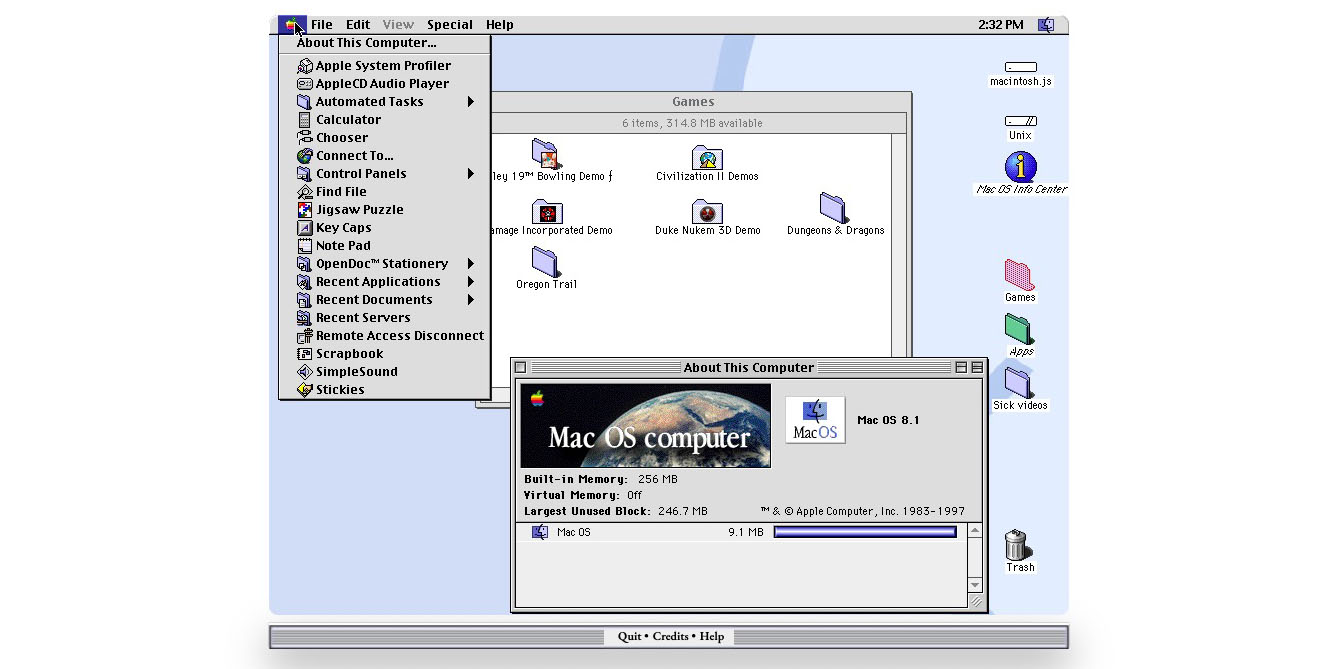NEW: Home Theater Processor and Amplifier
MX100 A/V Processor and MI347 7-Channel Amplifier
MA12000
Hybrid Integrated Amplifier
The Integrated Amplifier of Your Dreams.
MA12000
Hybrid Integrated Amplifier
Get details about the processor, apps, disks, memory, and network activity on your Mac. Open Activity Monitor for me. Airport Utility. Set up and manage a Wi-Fi network and AirPort Base Station. Open AirPort Utility for me. Audio MIDI Setup. Set up audio and MIDI devices connected to your Mac. Open Audio MIDI Setup for me. Bluetooth File Exchange.
Read reviews, compare customer ratings, see screenshots, and learn more about Apple Developer. Download Apple Developer and enjoy it on your iPhone, iPad, iPod touch, Mac OS X. Start quickly with the most recent versions of Word, Excel, PowerPoint, Outlook, OneNote and OneDrive —combining the familiarity of Office and the unique Mac features you love. Work online or offline, on your own or with others in real time—whatever works for what you’re doing. With 1 TB of.
The Integrated Amplifier of Your Dreams.
NEW: Retro Styled McIntosh Power and Control
MC830 Solid State Amplifier and C8 Vacuum Tube Preamplifier
Explore Our Products
Systems
SOHO I MUSIC SYSTEM
Everything to enjoy the music you love
Not sure about what would meet your listening needs and environment?
Explore our sample systems for inspiration.
EXPLORE
News & Events
09.25.2020
Positive Feedback reviews the 'phenomenal' C2700 Vacuum Tube Preamplifier
'Across the board from its phono stage, to the headphone output, to the DA2, all sound phenomenal.'
Read more09.16.2020
McIntosh 'for the love of music...' Podcast Series
Episode 2: Ben Blackwell from Third Man Records
Read more09.03.2020
McIntosh Audio System for Grand Wagoneer
McIntosh Audio System for Grand Wagoneer Concept Will Make You Linger in Your CarTwo American Legends Take Car Audio to a Whole New Level.
Read more
C53
Stereo Preamplifier
Ready to serve your home audio needs for years.
MX123
A/V Processor
Uncompromising McIntosh sound quality with the latest home theater technologies.
MC901
Dual Mono Amplifier
A one-of-a-kind, ultimate solution for bi-amping loudspeakers: a 300 Watt vacuum tube amplifier and a 600 Watt solid state amplifier on one chassis.
McIntosh Dealers
Where your Legendary Experience begins. Find your local dealer or chose from our list of authorized online resellers.
FIND A DEALERFounded in 1949, McIntosh is known for offering distinguished home audio systems that deliver the ultimate experience in music and film. Offering products for two-channel stereo sound systems and multi-channel home theaters with surround sound, McIntosh continues to define the ultimate home audio entertainment experience for discriminating listeners around the world. Our iconic blue Watt output meter is globally recognized as a symbol of quality home audio. With a McIntosh home stereo system or home theater, listeners have the ability to create their own luxury audio experience – and truly live their music.
Use Launchpad to delete an app
Launchpad offers a convenient way to delete apps that were downloaded from the App Store.


Unix Applications Operating System
- To open Launchpad, click it in the Dock or open it from your Applications folder. You can also pinch closed with your thumb and three fingers on your trackpad.
- If you don't see the app in Launchpad, type its name in the search field at the top of the screen. Or swipe right or left with two fingers on your trackpad to show the next or previous page.
- Press and hold the Option (⌥) key, or click and hold any app until the apps jiggle.
- Click next to the app that you want to delete, then click Delete to confirm. The app is deleted immediately. Apps that don't show either didn't come from the App Store or are required by your Mac. To delete an app that didn't come from the App Store, use the Finder instead.
Uninstall Macintosh Applications
Deleting an app doesn't cancel any subscription you may have purchased with that app. Learn how to cancel subscriptions for apps that were downloaded from the App Store.
Use the Finder to delete an app
- Locate the app in the Finder. Most apps are in your Applications folder, which you can open by clicking Applications in the sidebar of any Finder window. Or use Spotlight to find the app, then press and hold the Command (⌘) key while double-clicking the app in Spotlight.
- Drag the app to the Trash, or select the app and choose File > Move to Trash.
- If you're asked for a user name and password, enter the name and password of an administrator account on your Mac. This is probably the name and password you use to log in to your Mac.
- To delete the app, choose Finder > Empty Trash.
Learn more
To use an app again after deleting it, either reinstall it or restore it from a backup.
- To reinstall apps that were installed as part of macOS, reinstall macOS. This applies to apps such as Safari, iTunes, Books, Messages, Mail, Calendar, Photos, and FaceTime.
- You can also redownload apps, music, movies, TV shows, and books that were installed from the App Store, iTunes Store, or Apple Books.
Learn how to delete apps on your iPhone, iPad, and iPod touch.
Learn what to do if the Dock contains an icon with a question mark.
